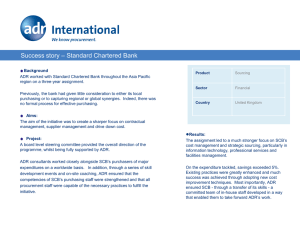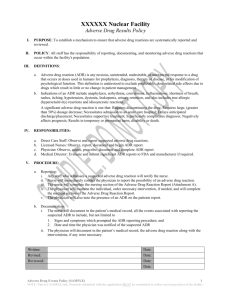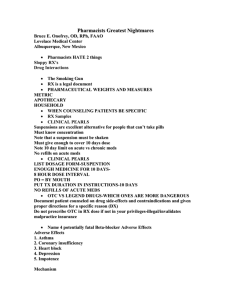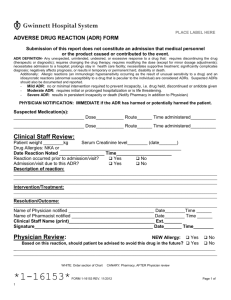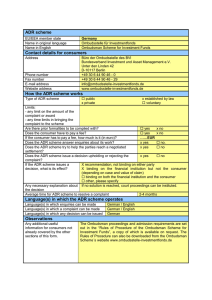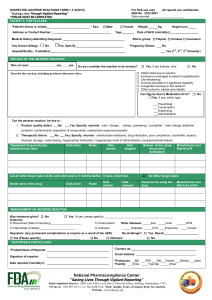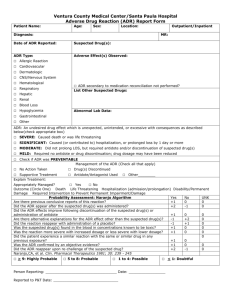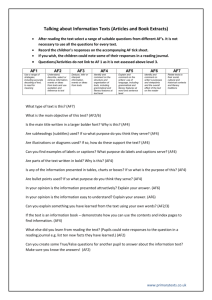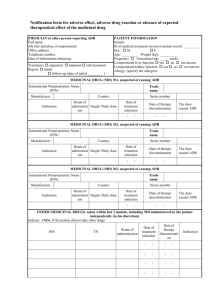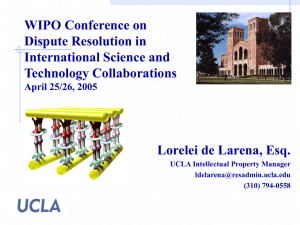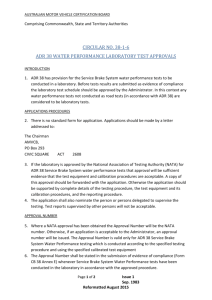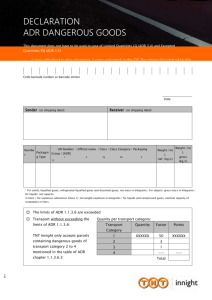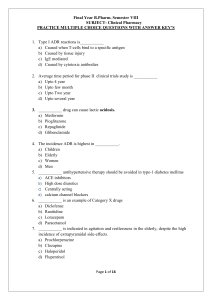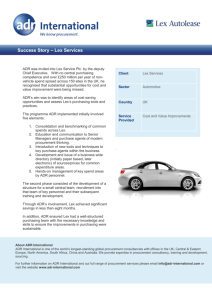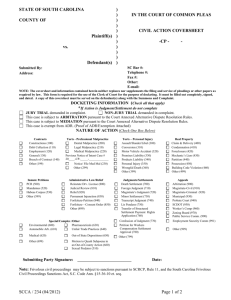Drug Interaction Probability Scale ».
advertisement
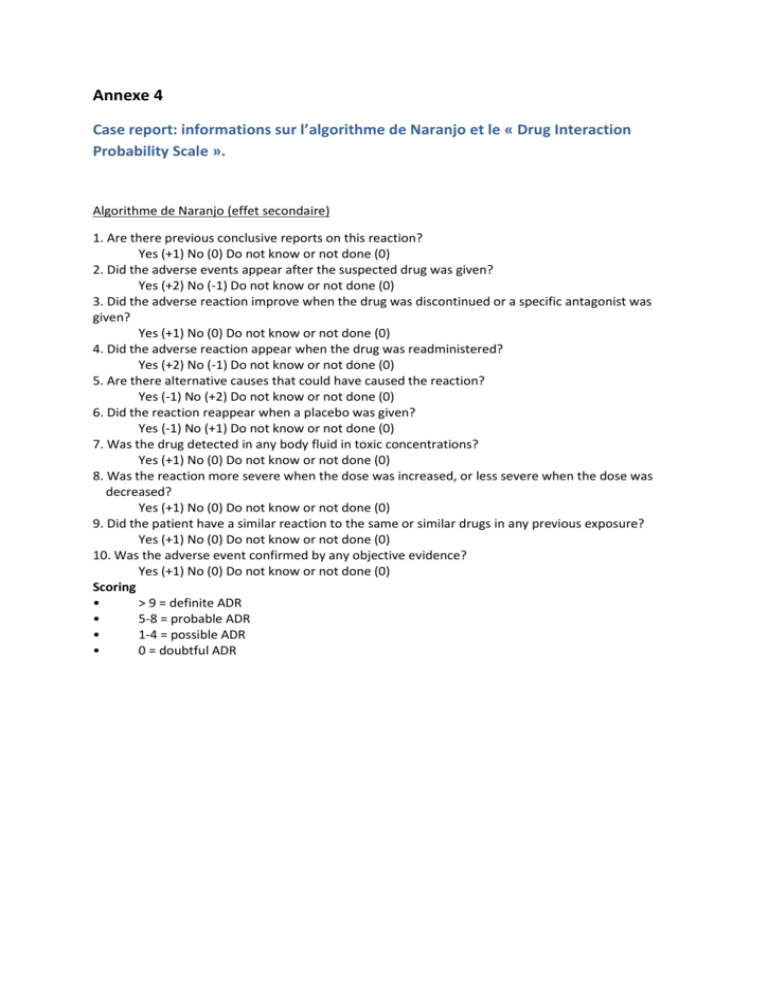
Annexe 4 Case report: informations sur l’algorithme de Naranjo et le « Drug Interaction Probability Scale ». Algorithme de Naranjo (effet secondaire) 1. Are there previous conclusive reports on this reaction? Yes (+1) No (0) Do not know or not done (0) 2. Did the adverse events appear after the suspected drug was given? Yes (+2) No (-1) Do not know or not done (0) 3. Did the adverse reaction improve when the drug was discontinued or a specific antagonist was given? Yes (+1) No (0) Do not know or not done (0) 4. Did the adverse reaction appear when the drug was readministered? Yes (+2) No (-1) Do not know or not done (0) 5. Are there alternative causes that could have caused the reaction? Yes (-1) No (+2) Do not know or not done (0) 6. Did the reaction reappear when a placebo was given? Yes (-1) No (+1) Do not know or not done (0) 7. Was the drug detected in any body fluid in toxic concentrations? Yes (+1) No (0) Do not know or not done (0) 8. Was the reaction more severe when the dose was increased, or less severe when the dose was decreased? Yes (+1) No (0) Do not know or not done (0) 9. Did the patient have a similar reaction to the same or similar drugs in any previous exposure? Yes (+1) No (0) Do not know or not done (0) 10. Was the adverse event confirmed by any objective evidence? Yes (+1) No (0) Do not know or not done (0) Scoring • > 9 = definite ADR • 5-8 = probable ADR • 1-4 = possible ADR • 0 = doubtful ADR Drug Interaction Probability Scale (interactions médicamenteux) Source: Proposal for a New Tool to Evaluate Drug Interaction Cases, John R. Hom - The Annals of Pharmacothrapy 2007 April, Volume 41




